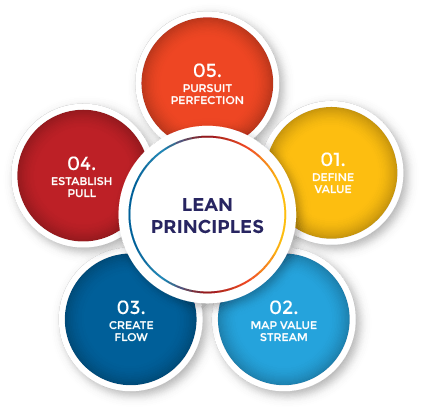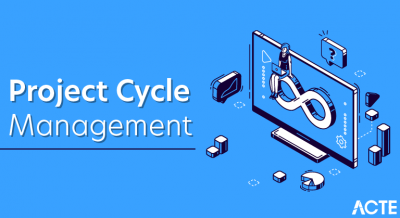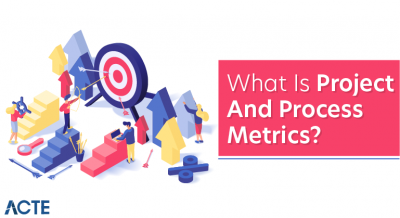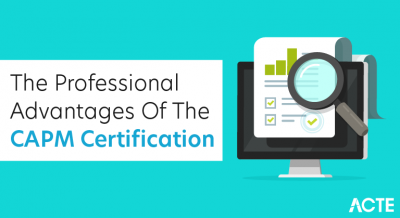
Lean was born out of manufacturing practices but in recent time has transformed the world of knowledge work and management. It encourages the practice of continuous improvement and is based on the fundamental idea of respect for people. Womack and Jones defined the five principles of Lean manufacturing in their book “The Machine That Changed the World”. The five principles are considered a recipe for improving workplace efficiency and include: 1) defining value, 2) mapping the value stream, 3) creating flow, 4) using a pull system, and 5) pursuing perfection. The next section provides a detailed overview of each principle.
The Five Lean Principles Explained:

1. Define Value
To better understand the first principle of defining customer value, it is important to understand what value is. Value is what the customer is willing to pay for. It is paramount to discover the actual or latent needs of the customer. Sometimes customers may not know what they want or are unable to articulate it. This is especially common when it comes to novel products or technologies. There are many techniques such as interviews, surveys, demographic information, and web analytics that can help you decipher and discover what customers find valuable. By using these qualitative and quantitative techniques you can uncover what customers want, how they want the product or service to be delivered, and the price that they afford.
2. Map the Value Stream
The second Lean principle is identifying and mapping the value stream. In this step, the goal is to use the customer’s value as a reference point and identify all the activities that contribute to these values. Activities that do not add value to the end customer are considered waste. The waste can be broken into two categories: non-valued added but necessary and non-value & unnecessary. The later is pure waste and should be eliminated while the former should be reduced as much as possible. By reducing and eliminating unnecessary processes or steps, you can ensure that customers are getting exactly what they want while at the same time reducing the cost of producing that product or service.
3. Create Flow
After removing the wastes from the value stream, the following action is to ensure that the flow of the remaining steps run smoothly without interruptions or delays. Some strategies for ensuring that value-adding activities flow smoothly include: breaking down steps, reconfiguring the production steps, leveling out the workload, creating cross-functional departments, and training employees to be multi-skilled and adaptive.
4. Establish Pull
Inventory is considered one of the biggest wastes in any production system. The goal of a pull-based system is to limit inventory and work in process (WIP) items while ensuring that the requisite materials and information are available for a smooth flow of work. In other words, a pull-based system allows for Just-in-time delivery and manufacturing where products are created at the time that they are needed and in just the quantities needed. Pull-based systems are always created from the needs of the end customers. By following the value stream and working backwards through the production system, you can ensure that the products produced will be able to satisfy the needs of customers.
S
5. Pursue Perfection
Wastes are prevented through the achievement of the first four steps: 1) identifying value, 2) mapping value stream, 3) creating flow, and 4) adopting a pull system. However, the fifth step of pursuing perfection is the most important among them all. It makes Lean thinking and continuous process improvement a part of the organizational culture. Every employee should strive towards perfection while delivering products based on the customer needs. The company should be a learning organization and always find ways to get a little better each and every day.




